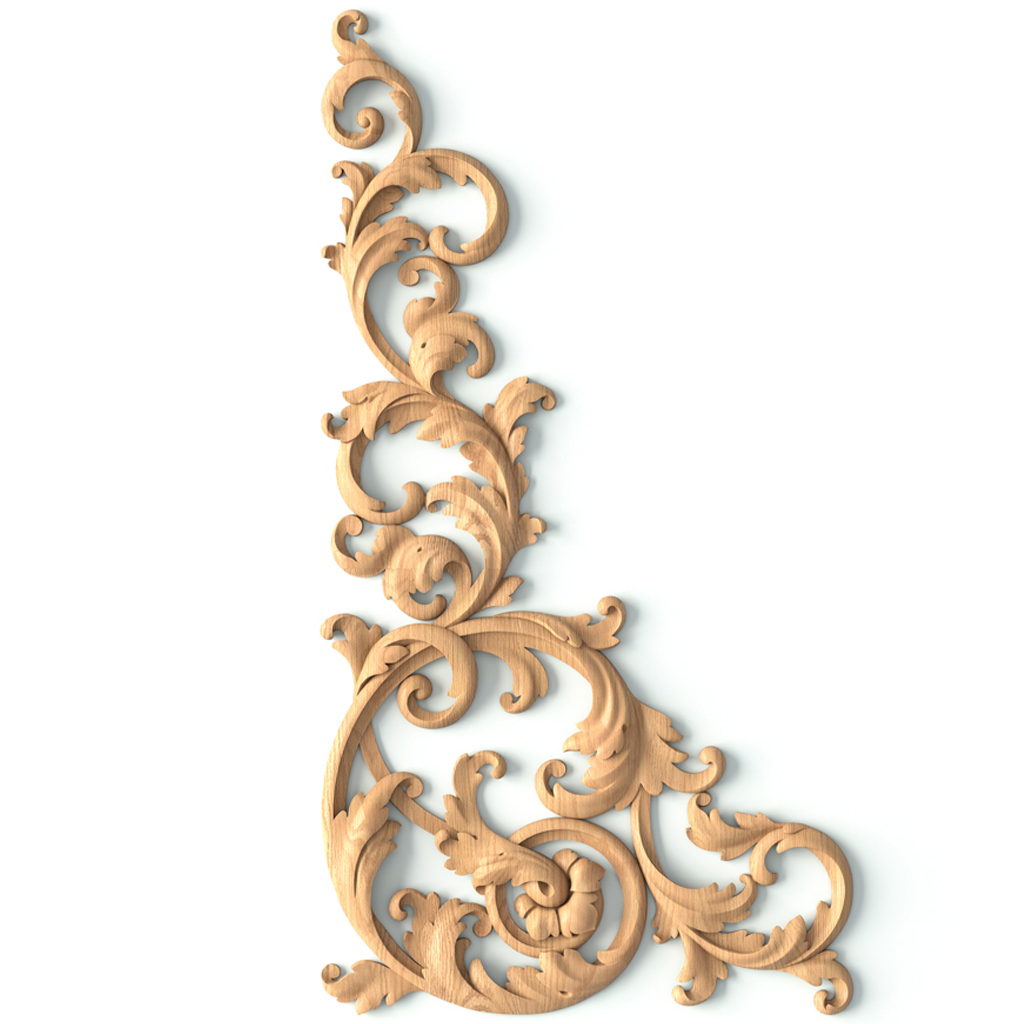Wood carvings are more than just decorations; they are expressions of art that can transform your furniture into heirlooms. As someone who has always been fascinated by the intricate designs found in woodwork, I can’t wait to share the beauty and significance of decorative wood carvings with you.
What are Decorative Wood Carvings?
Decorative wood carvings are artistic designs made by cutting and shaping wood. These carvings can range from simple, elegant patterns to complex, detailed scenes. They are commonly used in various types of furniture, including chairs, tables, cabinets, and decorative panels.
Types of Decorative Wood Carvings
1. Relief Carving
Relief carving involves creating a raised design on a flat surface. This technique is prevalent in furniture where a subtle yet elegant look is desired.
2. In-the-Round Carving
In-the-round carving is a three-dimensional technique where the object is fully carved on all sides. These carvings are often used as standalone pieces or accents on furniture.
3. Chip Carving
Chip carving involves removing small chips of wood to create intricate patterns. This technique is prevalent in folk art and can add a rustic charm to furniture pieces.
Common Styles of Decorative Wood Carvings
1. Traditional Styles
Traditional styles often include motifs inspired by nature, such as flowers and leaves, and can vary by region. Here are a few examples:
- Baroque
- Rococo
- Victorian
/product/44/629644/1.jpg)
2. Contemporary Styles
Contemporary wood carvings focus on abstract forms and minimalist designs. These styles tend to emphasize clean lines and simplicity.
The Techniques Behind Wood Carvings
1. Tools Used in Wood Carving
Wood carvers use an array of tools, including:
- Chisels
- Knives
- Gouges
- Sanders

2. The Carving Process
The carving process typically involves the following steps:
- Design the Pattern
- Select the Wood
- Transfer the Design
- Carve the Wood
- Finish the Carving
Benefits of Decorative Wood Carvings in Furniture
Incorporating decorative wood carvings into furniture offers several advantages:
- Aesthetic Appeal: Carvings add visual interest and elegance to furniture.
- Increased Value: Well-crafted carved furniture can become a valuable collectible.
- Personalization: Custom carvings can reflect your personal style and preferences.

Comparing Different Carving Techniques
| Technique | Description | Best Use |
|---|---|---|
| Relief Carving | Raised designs on a flat surface | Flat furniture surfaces |
| In-the-Round Carving | Fully three-dimensional carvings | Standalone pieces, decorative accents |
| Chip Carving | Intricate patterns by removing small wood chips | Rustic or folk art furniture |
Pros and Cons of Wood Carvings
Pros
- Unique styles that stand out
- Durability and longevity of wood
- Can be customized to fit any design

Cons
- May require skilled craftsmanship
- Higher cost compared to non-carved furniture
- Maintenance needed to keep the finish intact
Where to Find Decorative Wood Carvings for Furniture
Finding the perfect decorative wood carvings for your furniture can be an adventure. Here are some great places to explore:
- Local artisan shops
- Online marketplaces (Etsy, Amazon Handmade)
- Furniture stores that specialize in handcrafted pieces

FAQs About Decorative Wood Carvings
1. How do I care for carved furniture?
Regular dusting and occasional polishing with furniture wax or oil is recommended to maintain the beauty of carved furniture.
2. Can I commission custom wood carvings?
Yes, many artisans take custom orders, allowing you to design unique pieces tailored to your preferences.

3. What types of wood are best for carving?
Softwoods like pine and basswood are typically easier to carve, while hardwoods like oak and cherry are more durable and offer beautiful finishes.
4. What finishes are available for carved wood furniture?
Common finishes include varnish, lacquer, oil, and wax, each providing different levels of protection and appearance.
